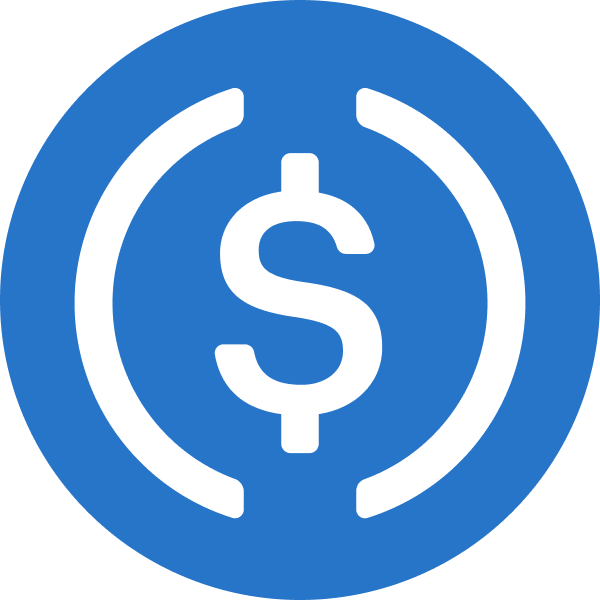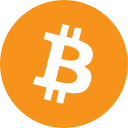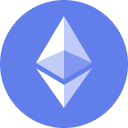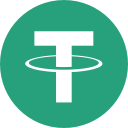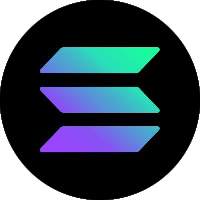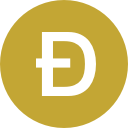
Mantenha Kadena debaixo de olho
Receba alertas instantâneos relativos às principais alterações de preços.
Risco de investimento
Sobre Kadena
Receba até 200 dólares para começar
Ganhe cripto grátis após efetuar a primeira compra. Aplicam-se termos.

Soma das poupanças medianas previstas e recompensas ganhas, por utilizador em 2021 em vários programas da Coinbase (excluindo sorteios). Esta quantia inclui isenções de taxas de Coinbase One (excluindo o custo de subscrição), recompensas do Coinbase Card e recompensas de participações.
Mercado
Ativos relacionados
Calculadora de Kadena
GUIAS
Coinbase Bytes
Kadena está em queda esta semana.
O preço de Kadena tem decreased 0,47% na última hora e decreased 2,41% nas últimas 24 horas. O preço Kadenatambém fallen 9,86% na última semana. O preço atual é de € 0,76 por KDA com um volume de negociação em 24 horas de € 4,83 mi. Atualmente, Kadena está avaliado em 95,95% abaixo do seu máximo histórico de € 18,68. Este máximo histórico foi o preço mais alto pago por Kadena desde o seu lançamento.
A oferta circulante atual de Kadena é 274.143.424,253 KDA , o que significa que Kadena tem uma capitalização total do mercado de 274.143.424,253.
Perguntas frequentes
Foi preparado conteúdo de notícias por terceiros não afiliados com a Coinbase Inc. ou qualquer uma das suas afiliadas e a Coinbase não é responsável pelo seu conteúdo. A Coinbase não é responsável por quaisquer erros ou atrasos no conteúdo ou por ações efetuadas com base num conteúdo. As informações são fornecidas apenas para fins informativos e não devem ser consideradas conselhos de investimento. Isto não é uma recomendação para comprar ou vender um ativo digital em particular ou para utilizar uma estratégia de investimento em particular. A Coinbase não emite qualquer apreciação quando à precisão, adequação ou validade da informação fornecida sobre um determinado ativo. Os preços apresentados são meramente ilustrativos. Os preços reais das criptomoedas e as estatísticas associadas podem variar. Os dados apresentados poderão refletir os bens negociados na bolsa da Coinbase e outras trocas de criptomoedas.












